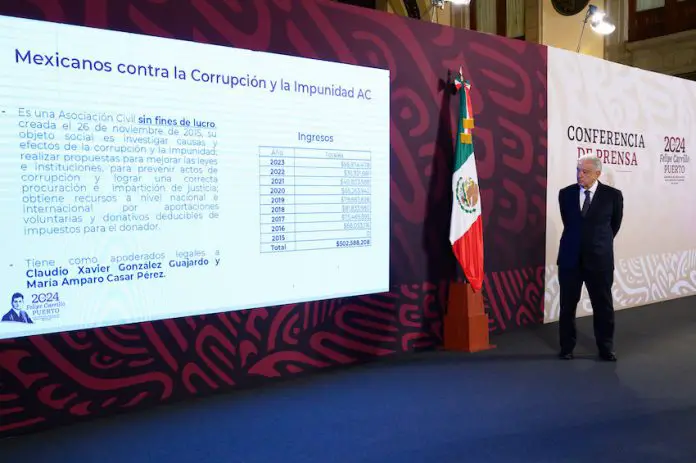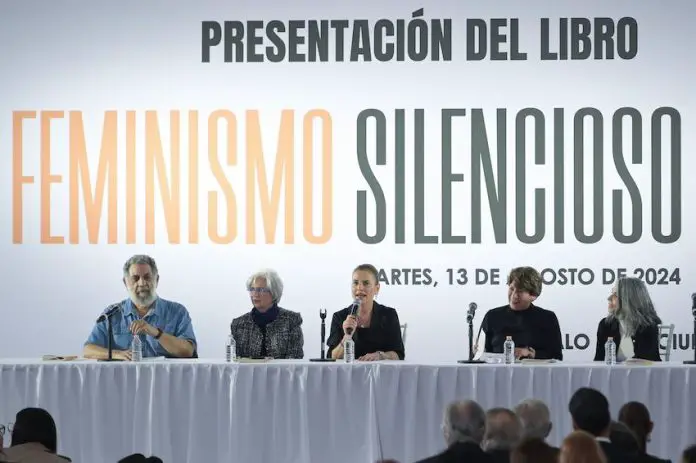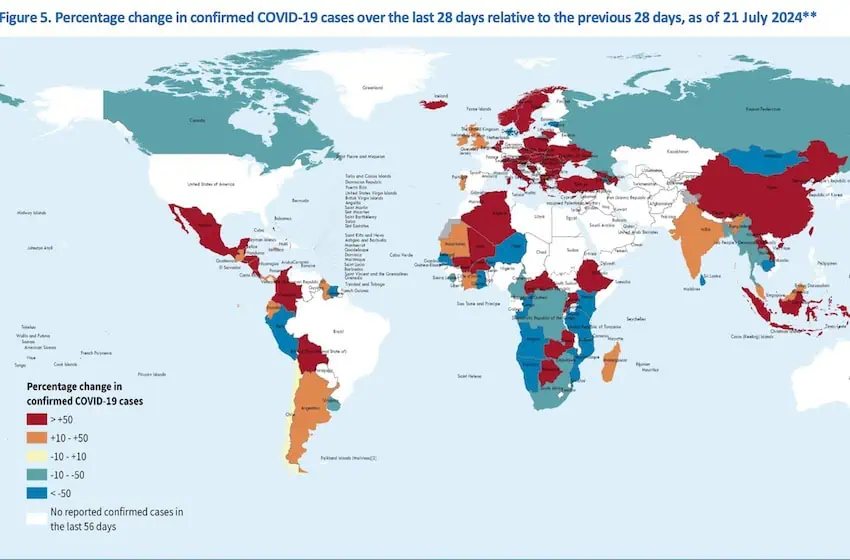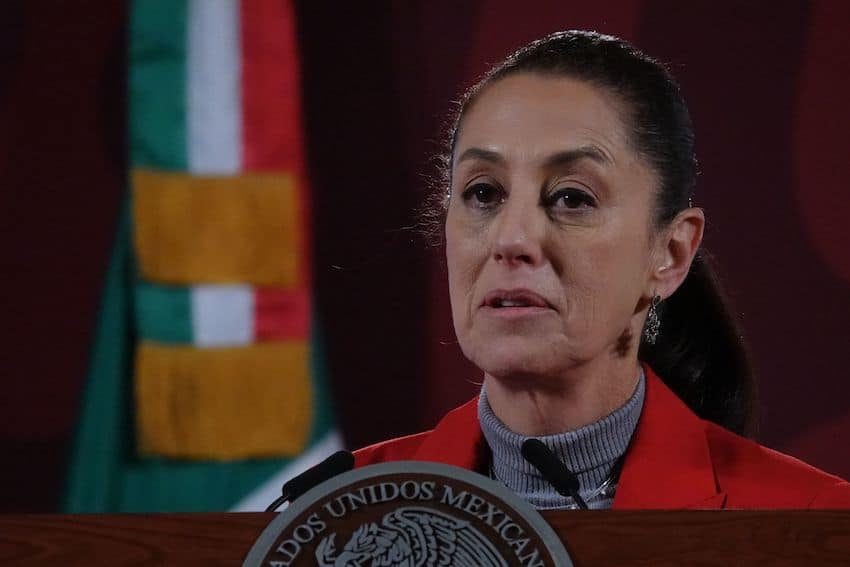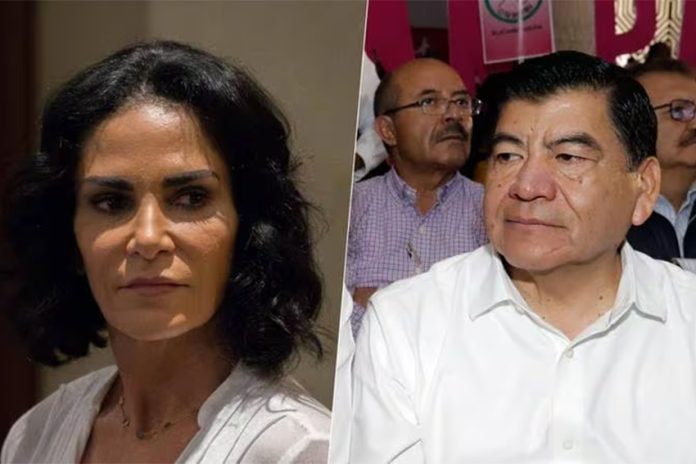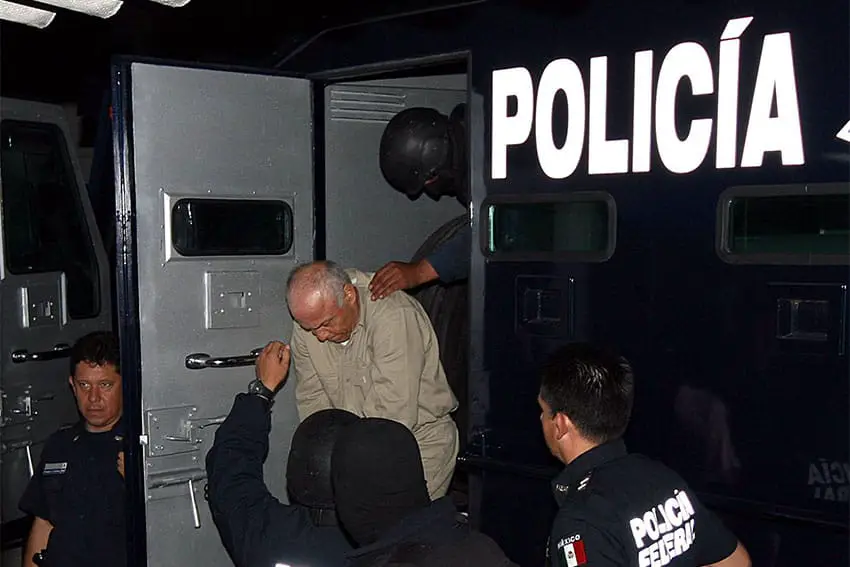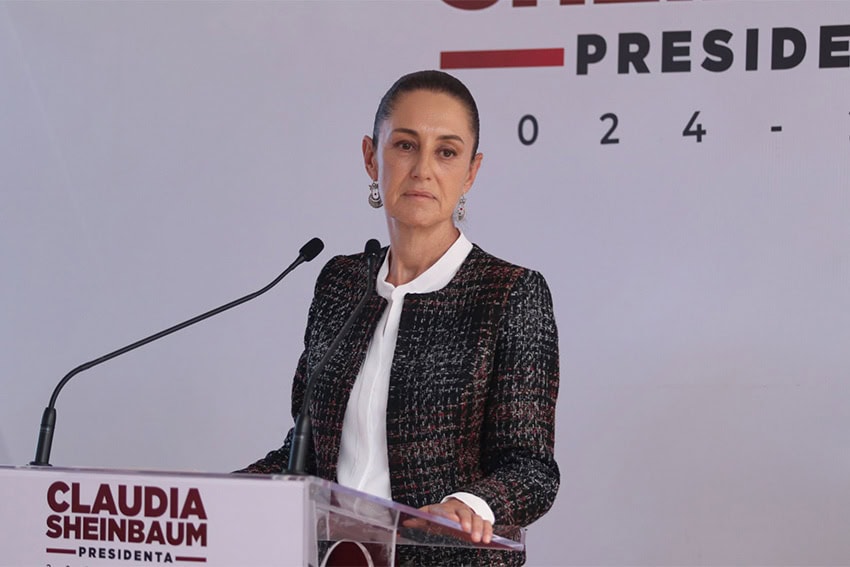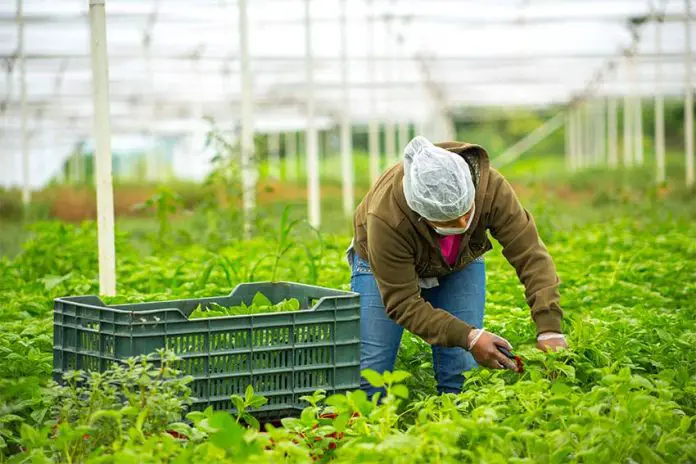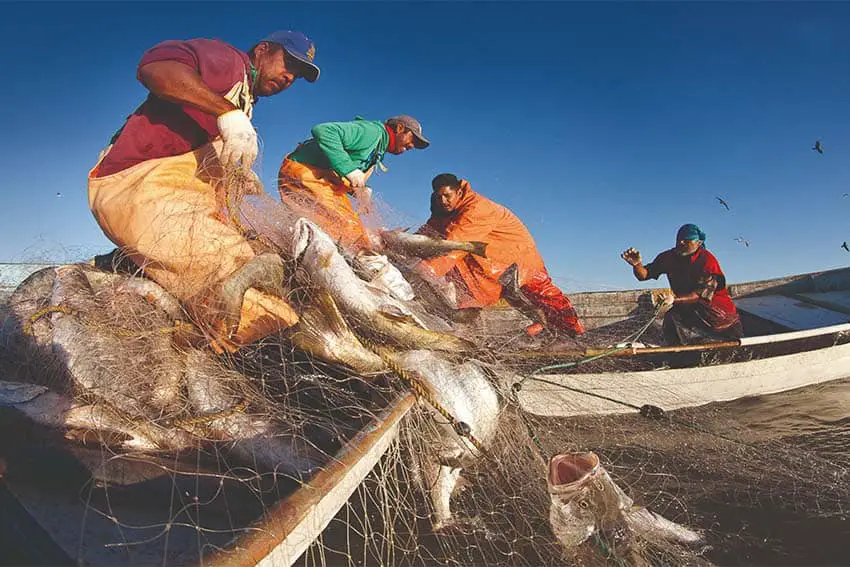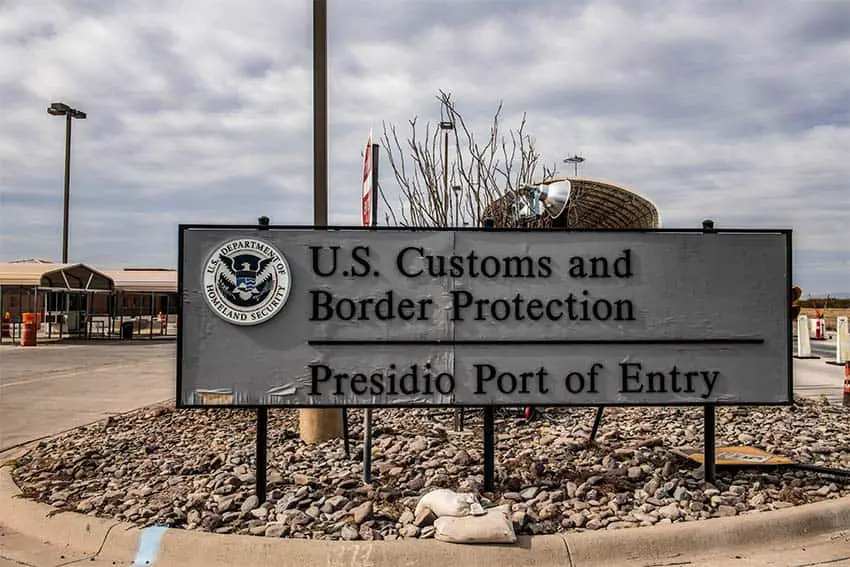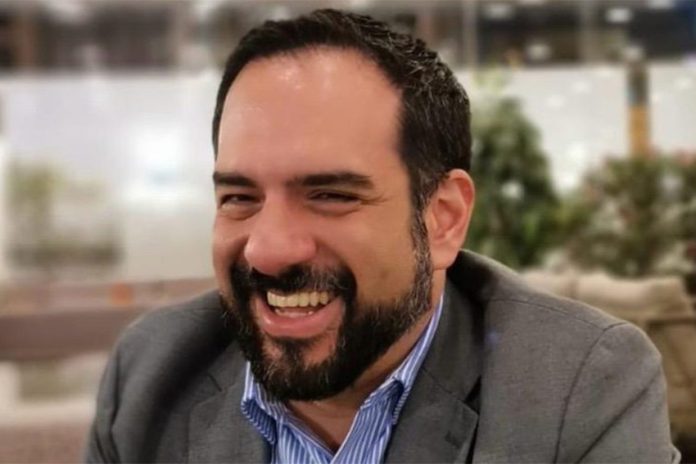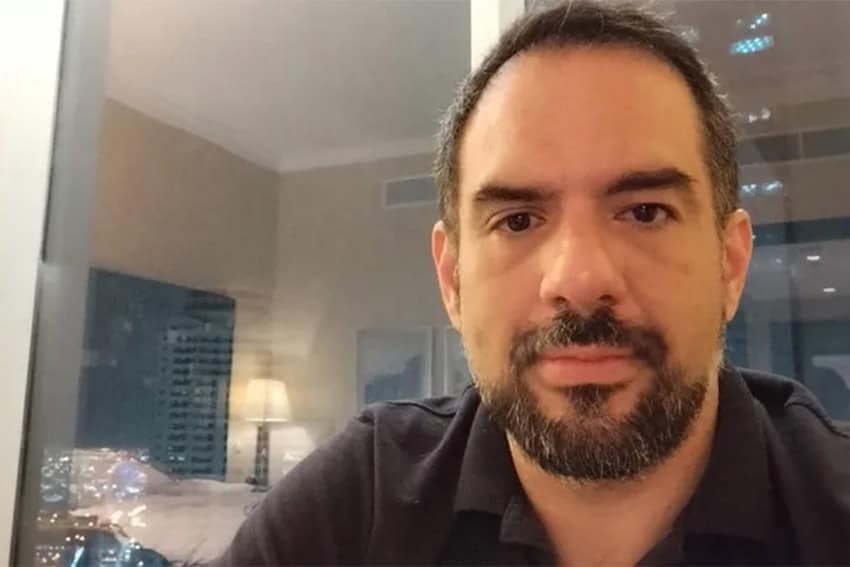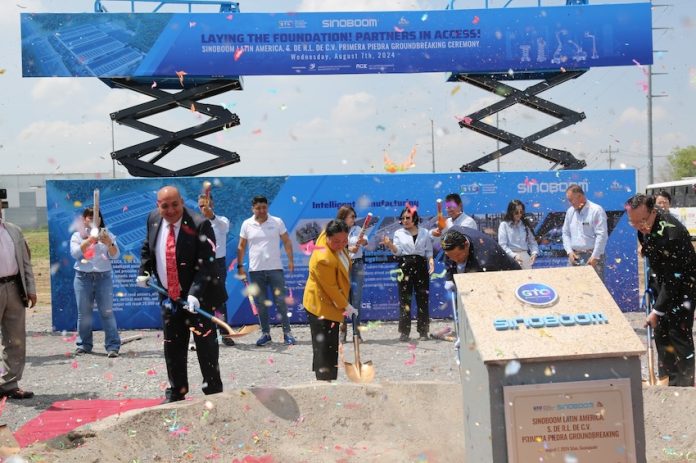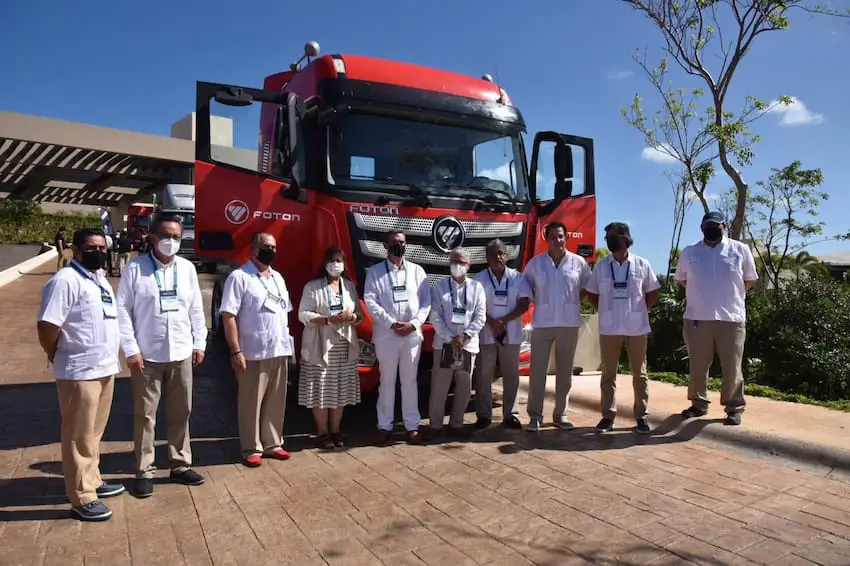President Andrés Manuel López Obrador said Wednesday that he will send a letter to United States President Joe Biden to complain about U.S. government funding of Mexicans Against Corruption and Impunity (MCCI), a civil society organization he regards as an opponent of his administration.
He also said that the Foreign Affairs Ministry will send a diplomatic note to the U.S. government about the same issue.
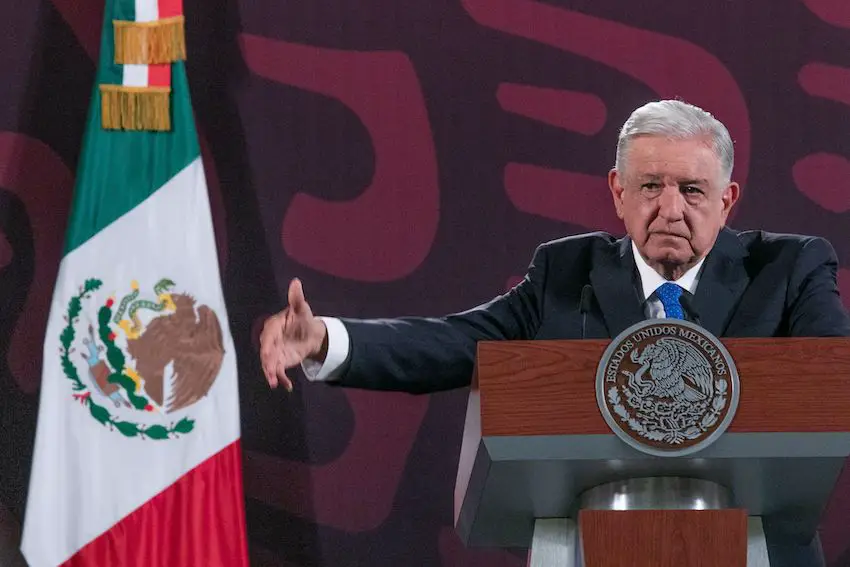
The reason, López Obrador explained at his morning press conference, is that “we believe that the United States government is openly interfering in matters that solely correspond to the sovereignty of our country.”
The Mexican government previously sent a diplomatic note to its U.S. counterpart about its funding of MCCI in 2021.
In “an act of interventionism that violates our sovereignty,” the United States Embassy in Mexico has financed the anti-graft group since 2018 with funds supplied by the U.S. Agency for International Development, López Obrador said at the time.
The U.S. government subsequently issued a memorandum in which it underscored its commitment to fighting corruption, including by “increasing support to grow the capacity of civil society, the media, state and local bodies, international partners, and other oversight and accountability actors.”
López Obrador’s announcement on Wednesday that he will write to Biden came a day after he once again railed against U.S. funding of MCCI, a group founded by businessman Claudio X. González that has exposed alleged corruption in the current government.
“It’s outrageous … that a government that is a friend, a neighbor, is financing a group that opposes a legal, legitimate government. What’s that called? Interventionism, yes,” the president said.
“… How can they maintain good relations on one side … and at the same time give money to [Mexican government] opponents to slander us? Why such vulgar politicking of throwing a stone and hiding the hand? Why this double discourse, this double standard? Why this hypocrisy?” López Obrador said.
He asserted that the United States is also funding groups opposed to governments in other countries and described the practice as a “bad custom.”
“… The United States government should stop this, it makes them look very bad. Then they complain why there is antipathy [toward the U.S. government] … it’s because of that,” he said.
“… And the other thing is [they should] stop blaming Mexico and other countries for their problems, like drug use. Do you know of any United States government plan to combat the growing use of drugs among young people? Do you know of anything? There is nothing,” López Obrador said.
UIF: MCCI has received 96.7 million pesos from the US Embassy since 2018
The head of the federal government’s Financial Intelligence Unit (UIF) told López Obrador’s press conference on Wednesday that MCCI received 96.74 million pesos (US $5.1 million) from the United States Embassy in Mexico between late August 2018 and late January 2024.
Pablo Gómez also presented information about large donations MCCI has received from private organizations in the United States, including the Ford Foundation and the Rockefeller Brothers Fund.
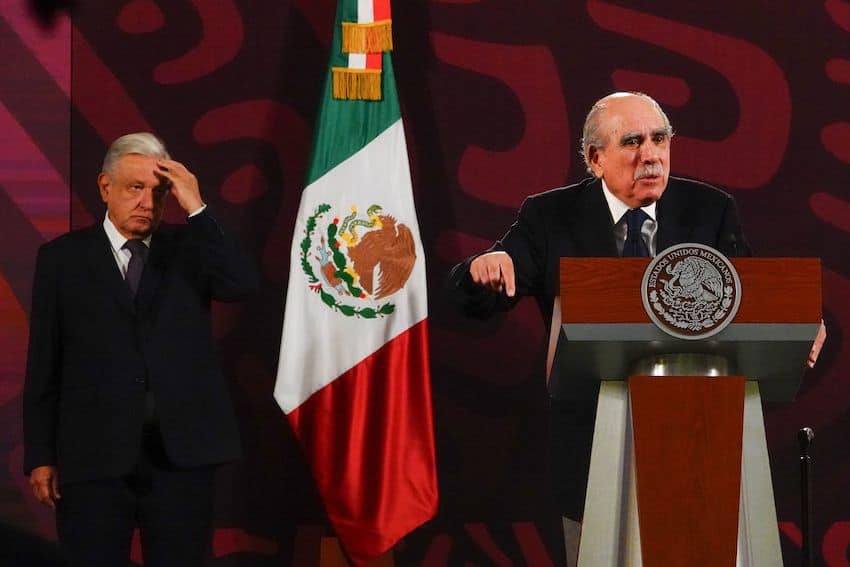
In addition, he said that companies and individuals in Mexico have donated just over 299 million pesos (US $15.8 million) to MCCI since 2016.
All told, MCCI has received a sum of 502.58 million pesos (US $26.6 million) in donations since 2016, Gómez said.
The organization, led by María Amparo Casar since 2020, was founded in 2015.
Laws governing donations to NGOs could be changed, says AMLO
López Obrador said Wednesday that he will ask the government’s Tax Prosecutor’s Office and the federal tax agency SAT to carry out a review and prepare a report on donations made to organizations such as MCCI.
“We still have time to make some modifications, to present bills so that campaigns against the interests of the majority of Mexicans are not carried out with the people’s own resources because when tax-deductible donations are made that’s money that doesn’t reach the public treasury and can’t be used for the development of the country for the benefit of all Mexicans,” he said.
The money that would have been paid as tax to the government is instead used for “factional purposes,” López Obrador said.
Why does AMLO have a vendetta against MCCI?
López Obrador styles himself as an anti-corruption crusader, while MCCI also says it is committed to reducing corruption in Mexico. But their common causes have not resulted in them seeing eye to eye.
MCCI has rankled the president because it has published various reports alleging that the current government is plagued by corruption.

They include one about the government’s youth employment scheme and another about its tertiary education program. Amparo Casar is on the executive committee of another NGO, Signos Vitales, that delivered a scathing assessment of the president and his government in a report published in 2021.
MCCI was also part of a collective that filed more than 100 injunction requests against López Obrador’s cancellation of the former government’s Mexico City airport project and the current administration’s construction of the Felipe Ángeles International Airport, which opened north of the capital in early 2022.
The president claimed early in his six-year term that MCCI was carrying out a campaign of “sabotage” against his administration, and asserted that it took money from foreign foundations to oppose the government’s Maya Train railroad project.
On Tuesday, he said that the organization is “participating in a social war against our movement and the president of Mexico.”
“We maintain that they are financing the complete cost of the internet campaign with the slogan ‘AMLO Narco,’ no — ´Presidente narco‘ or something like that, ‘narcopresidente,'” López Obrador said.
The libelous nickname caught on early this year after ProPublica, Deutsche Welle and Insight Crime all published reports saying that people working for López Obrador’s 2006 presidential campaign received between US $2 million and $4 million from drug traffickers affiliated with the Beltrán-Leyva Organization and the Sinaloa Cartel.
The New York Times subsequently published allegations that people close to López Obrador, including his sons, received drug money after he took office in late 2018.
With reports from Reforma, Radio Fórmula, El Universal and El Financiero
